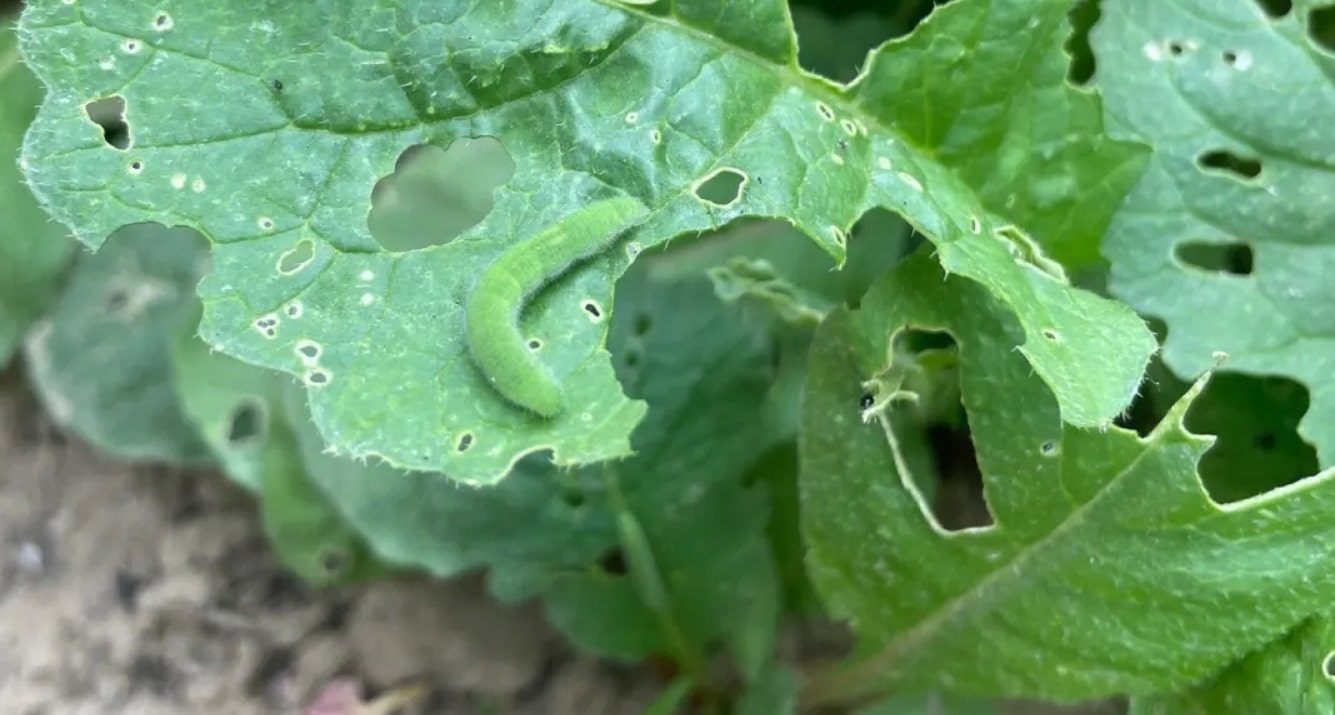Some insects play a crucial role in aiding plant pollination and promoting the development of ecological diversity.
However, insects can also become natural adversaries of plants. According to a report from the United Nations Food and Agriculture Organization (FAO), pests are responsible for annual crop losses of up to 40% worldwide. These invasive pests result in economic losses of at least $70 billion annually for countries and significantly contribute to biodiversity depletion. Therefore, every gardening enthusiast and agricultural professional must understand how to prevent insect damage to plants effectively.
Our factory specializes in producing agricultural protection nets, and as a result, we have accumulated valuable expertise in stopping bugs from eating plant leaves, fruits, and seedlings. We hope the methods shared below will prove helpful in your agricultural cultivation efforts.
10 Tips to Prevent Bugs from Eating Your Plants
In your garden, tender seedlings and leaves, nearly ripe fruits, and beautiful blossoms can all be tempting targets for insects. So, how can you stop them from wreaking havoc on your plants? Here, we provide 10 effective methods that you can use based on your available resources.
1. Manual Removal of The Bugs
Manual removal is a straightforward and environmentally friendly pest control method. To manually clear away bugs, regularly inspect every part of your plants, particularly the undersides of leaves and stems.
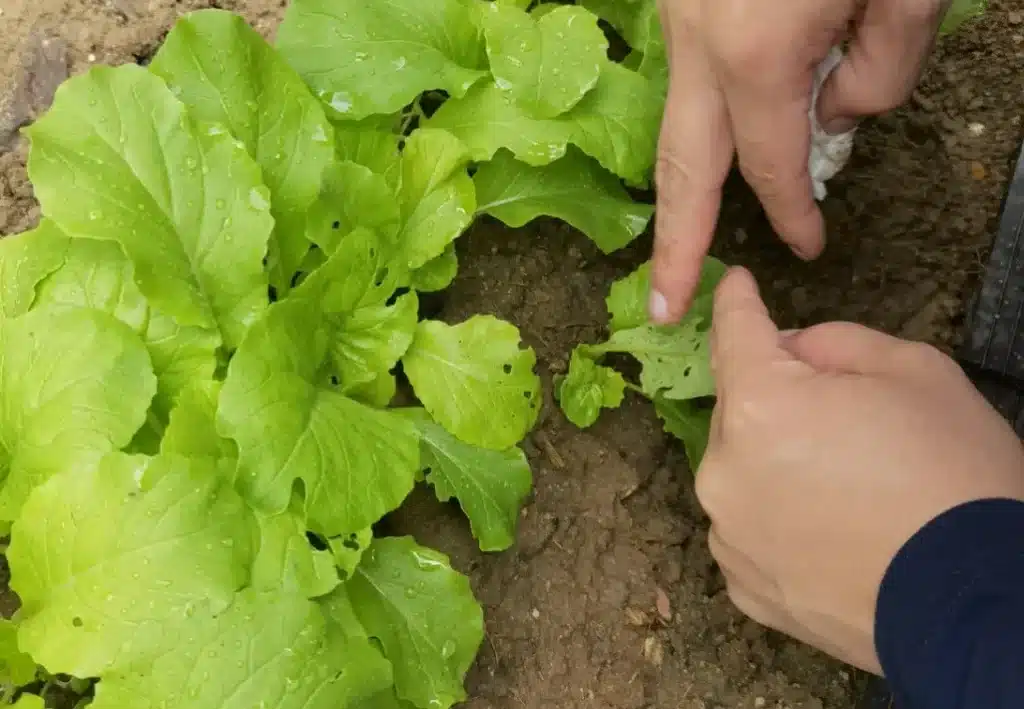
Manual Removal of The Bugs
When you spot pests or their eggs, promptly remove them. Though this process can be time-consuming, it’s highly effective for managing small or early-stage pest infestations.
2. Using Insect Nets for Your Plants
Using insect nets is a simple and convenient approach suitable for small home gardens and larger-scale agricultural applications. It represents an eco-friendly and efficient pest control strategy.

40 mesh anti-insect netting
Choose insect nets with the appropriate mesh size to block specific pests from accessing your planting area. This method prevents direct insect contact with your plants and allows for adequate sunlight and airflow without adversely affecting your plants’ normal growth.”

Meshes per inch – insect netting
3. Yellow Sticky Traps
Yellow sticky traps are effective due to their unique color, which attracts specific flying pests like aphids and whiteflies. When these pests are drawn to the yellow sticky traps, they become trapped in the adhesive material, reducing their harm to plants. The use of yellow sticky traps is eco-friendly as it does not involve any chemicals, making it suitable for organic farming and natural gardening.

Yellow Sticky Traps
4. Organic Insecticides
Compared to traditional chemical insecticides, organic insecticides are typically derived from natural substances and have lower toxicity to humans and non-target organisms. Products like Pyrethrin and Neem Oil can precisely control specific pests, such as aphids, whiteflies, and caterpillars.
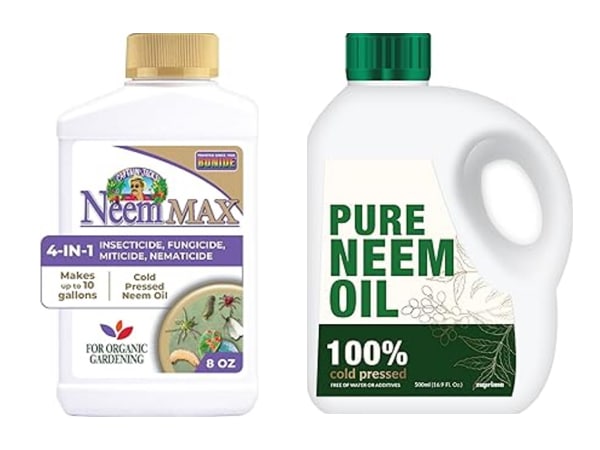
Neem oil products
5. Natural Sprays
You can easily create natural sprays at home using ingredients like chili, garlic, or even soapy water. These components are often readily available in your kitchen and contain compounds that can repel or kill certain pests. For example, chili water spray is particularly effective at deterring aphids and snails.
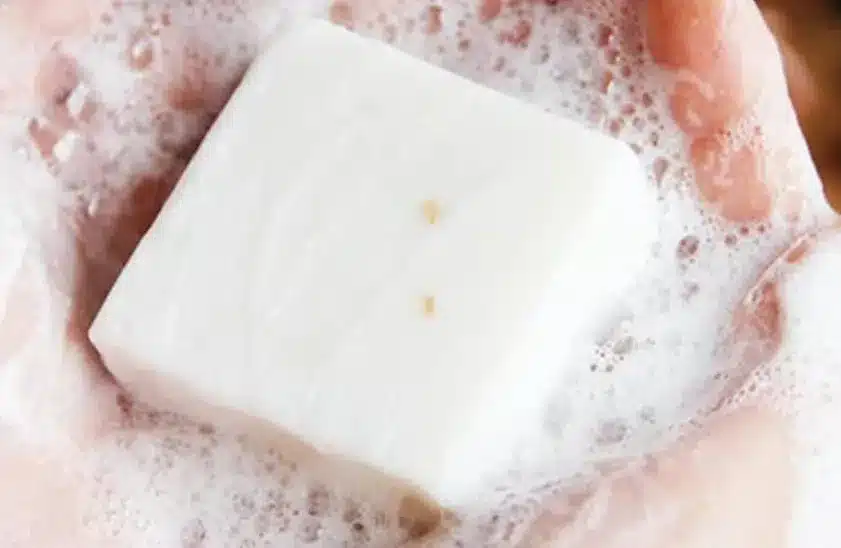
Soapy water
6. Iron Phosphate
Iron phosphate disrupts pests’ digestive systems after they ingest it, ultimately causing them to starve. However, iron phosphate is safe for other plants, animals, and microorganisms and does not contaminate soil or water sources. When using it, evenly spread it in the affected areas, especially underneath leaves and around plants.
7. Introduction of Beneficial Insects
This method involves increasing the population of natural predators to control pest numbers. For example, ladybugs natural enemies of aphids and can effectively reduce their population.
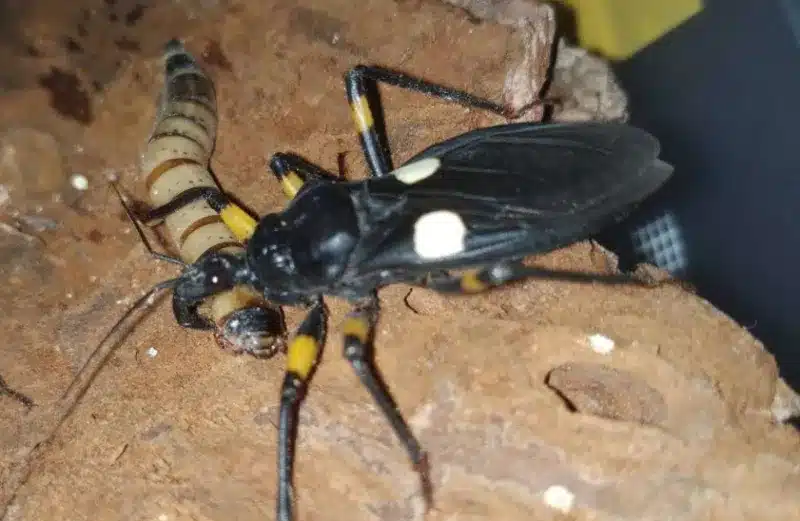
Wheel bug
Furthermore, parasitic wasps and predatory flies are also essential beneficial insects for pest control. By planting flora that attracts these beneficial insects, such as fragrant flowers and herbs, you can naturally boost their numbers, helping to maintain ecological balance and reduce reliance on chemical pesticides.
8. Microbial Insecticides
Microbial insecticides offer a safe and environmentally friendly solution to pest control, posing minimal risks to humans and non-target species. They contain specific microorganisms, like Bacillus thuringiensis (Bt), which produce proteins toxic to the larvae of particular pests.
These microbial insecticides are precisely targeted at specific pests, such as moth and butterfly larvae, with little impact on other organisms and the environment. To use them, simply spray them directly onto the affected plants.
9. Orange Peel Spray
Orange peels contain substances like limonene, known for their potent repellent effect on various insects. Crafting an orange peel spray is easy—soak orange peels in water for several days, then filter the solution into a spray bottle. This spray proves particularly effective against pests like aphids, snails, and slugs. It’s both cost-effective and straightforward to prepare.
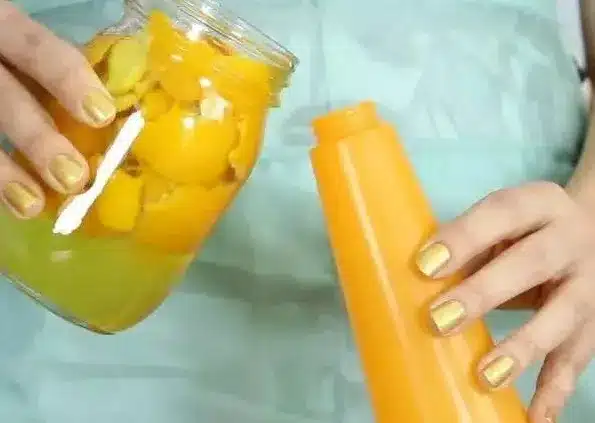
Orange Peel Spray
10. Peppermint Oil, Eucalyptus Oil, Lemon Eucalyptus Oil
In addition to orange peel, certain essential oils, such as peppermint oil, eucalyptus oil, and lemon eucalyptus oil, boast insect-repelling properties. Their strong fragrances and volatile nature make them capable of deterring specific pests.
For instance, peppermint oil can fend off mosquitoes, while lemon eucalyptus oil helps thwart ant invasions. To utilize these essential oils effectively, diffuse them into the air appropriately for insect-repelling effects.
FAQs
1. What are the adverse effects of insect infestations on plants?
Insect infestations can result in various detrimental effects on plants, including leaf damage, flower deterioration, and, in severe cases, the demise of entire plants. These consequences not only impact the visual appeal of the plants but, more significantly, disrupt their growth and development, ultimately affecting crop yield and quality. In certain instances, insects can also serve as carriers for diseases and viruses, thereby contributing to the spread of plant illnesses.
Hence, acquiring knowledge about effective methods to combat insects is not only essential for preserving plant well-being but also for upholding ecological equilibrium and advancing the cause of sustainable agriculture.
2. Common pests and their corresponding control methods.
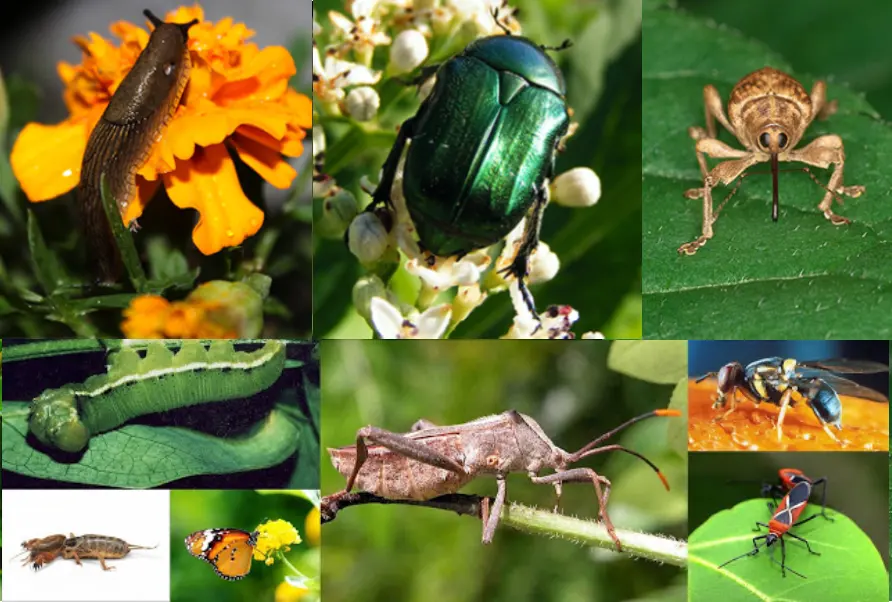
common insects
The table below provides information on common pests frequently encountered in vegetable gardens. It includes details on how to identify them, the plants they typically affect, and the most effective methods for controlling them from damaging your vegetables, fruits, and flowers:
| Bugs (Pests) | Identification Methods | Affected Plants | Control Methods |
| Aphids (Various species) | Tiny, pear-shaped, various colors | Tomatoes, lettuce, cabbage, etc | Use beneficial insects or horticultural oil-based insecticides |
| Asparagus Beetles | 1/4″ long, black with yellow spots | Asparagus | Conduct fall garden cleanup, employ floating row covers |
| Cabbage Worms | 1″ long, light green with yellow stripes | Brassicas (Cabbage family) | Utilize floating row covers, manually remove larvae |
| Carrot Rust Fly | Tiny black flies, orange head | Root crops like carrots | Practice crop rotation, avoid consecutive plantings |
| Colorado Potato Beetle | 1/3″ long, black and brown stripes | Potatoes, tomatoes, and more | Use floating row covers, manually remove beetles |
| Cucumber Beetle | 1/4″ long, yellow with spots/stripes | Cucumber family, corn, and others | Plant disease-resistant varieties, implement floating row covers |
| Cutworms | Nocturnal moths, C-shaped larvae | Seedlings like tomatoes, broccoli, and more | Utilize cornmeal or wheat bran as bait |
| Flea Beetles | Small, black, or brown | Radishes, potatoes, tomatoes, and more | Use yellow sticky traps or organic insecticides |
| Leaf Miners | Inconspicuous flying insects | Spinach, beets, perilla, and more | Remove damaged leaves, employ organic insecticides |
| Mexican Bean Beetle | Copper-colored, similar to ladybugs | Various bean crops | Manually remove beetles and larvae, employ floating row covers |
| Slugs and Snails | Shell-less or shelled soft-bodied mollusks | Nearly all seedlings | Use iron phosphate or hand-collect and remove |
3. How to Stop Bugs from Eating Your Plant Leaves Naturally?
You can employ various organic methods that are both effective and environmentally friendly. Start by introducing beneficial insects like ladybugs and lacewings to your garden; these predators feed on common pests such as aphids and mites. You can also use homemade insecticidal soaps made from diluted dish soap (free from additives) to spray directly onto the affected leaves, which helps to suffocate soft-bodied insects. Neem oil is another excellent natural option; when diluted and sprayed on plants, it disrupts the life cycle of many pests, including caterpillars and beetles.
Additionally, consider planting companion plants such as marigolds, basil, and garlic, which naturally repel many insects. Regularly inspect your plants for signs of pests and remove any affected leaves to prevent the spread. Combining these strategies allows you to protect your plants without resorting to harmful chemicals.
Conclusion
In this article, we’ve provided a range of methods to help you effectively stop bugs from eating and damaging your plants. However, achieving optimal crop protection requires selecting the most suitable methods based on your specific plant types and the pests you’re dealing with. It’s important to note that each method also varies in cost-effectiveness.
We also encourage you to share your experiences in pest control in the gardening or agricultural production fields in the comments section. Your insights may prove valuable to our readers. Thank you for reading. If you have bulk orders for pest control nets, please don’t hesitate to contact us for the latest factory quotes.
